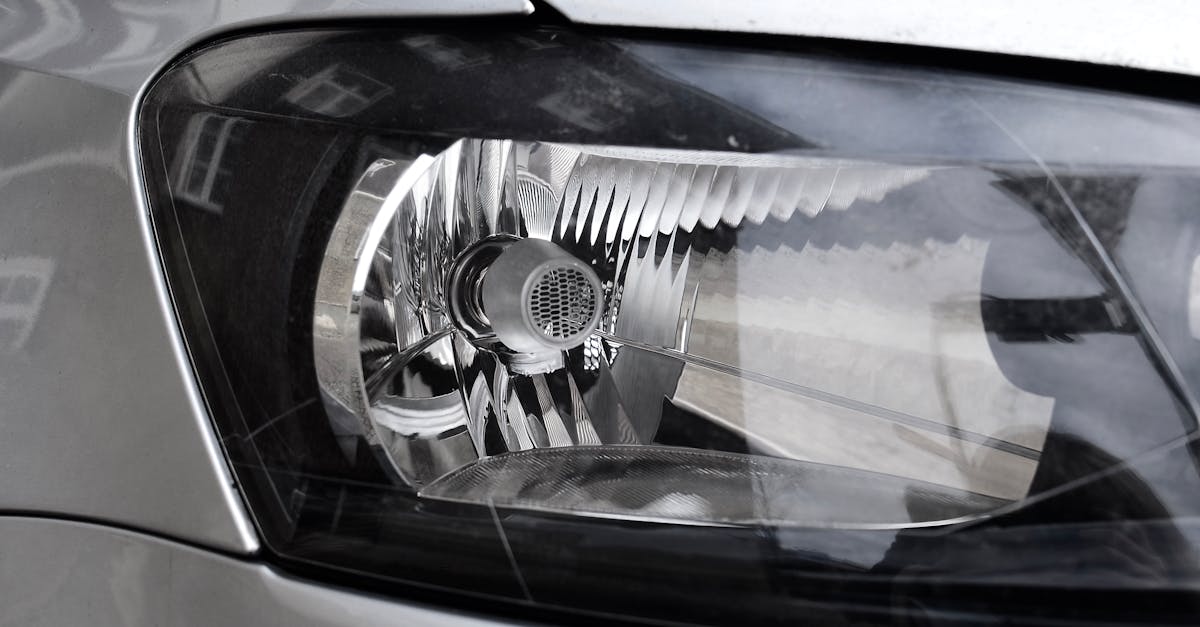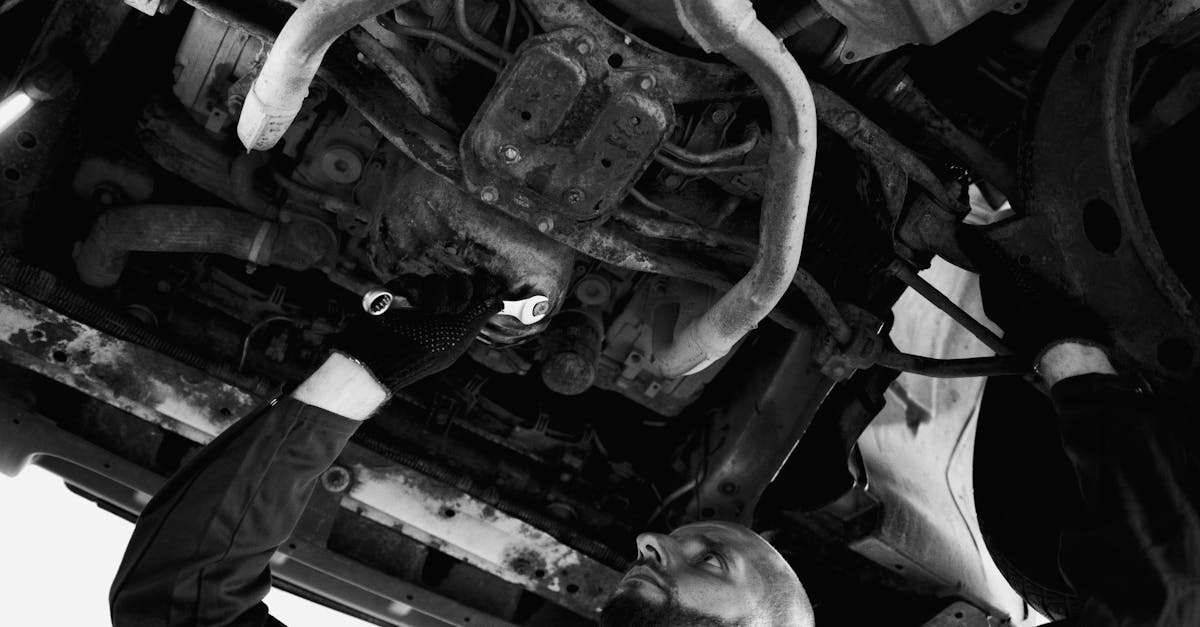The Basics Of Replacing Brake Pads
Introduction
Replacing brake pads is a fundamental maintenance task for vehicle owners. Keeping brakes in top condition ensures safety on the road. This article will guide you through the basic steps of changing your brake pads efficiently and safely.
Advertisement
Gathering Necessary Tools
Before starting, gather all the essential tools. You will need a lug wrench, a jack and jack stands, a C-clamp or brake piston tool, and a socket set. Having these tools on hand makes the process smoother and prevents interruptions.
Advertisement
Ensuring Safety First
Safety is paramount when working on your vehicle. Always ensure your car is on a stable and flat surface. Engage the parking brake and use wheel chocks to prevent any movement. Wearing safety goggles and gloves protects against dust and debris.
Advertisement
Lifting the Vehicle
Position your jack under a secure point on the vehicle's frame. Lift the car slowly and place the jack stands under the car to ensure it remains steady. Never rely solely on the jack to hold the vehicle, as this can be dangerous.
Advertisement
Removing the Wheels
Use the lug wrench to loosen the nuts before completely lifting the wheel off the ground. Once the vehicle is secure on jack stands, fully remove the wheel nuts and take off the wheel. This will expose the brake caliper.
Advertisement
Removing the Brake Caliper
With the socket set, loosen the caliper bolts. Carefully slide the caliper off, taking care not to damage the brake line. Use a hanger or strap to suspend the caliper, ensuring it does not hang by the brake line.
Advertisement
Replacing the Brake Pads
The brake pads will be easily accessible once the caliper is removed. Slide out the old brake pads and inspect them for any excessive wear. Fit the new brake pads in the same position and orientation as the ones you removed.
Advertisement
Reassembling the Caliper
Use a C-clamp or brake piston tool to push the caliper piston back into its housing. This step is crucial to ensuring the new pads fit properly. Once done, reattach the caliper over the new brake pads and secure the bolts.
Advertisement
Reattaching Wheels and Lowering Vehicle
Place the wheel back on the hub and hand-tighten the lug nuts. Lower the vehicle back to the ground. Use the lug wrench to fully tighten the lug nuts in a star pattern, which helps balance the wheel properly.
Advertisement
Conclusion
Regularly replacing brake pads is crucial for safety and performance. By following these steps, you can ensure your vehicle's braking system functions efficiently. Always consult your vehicle's manual or a professional if uncertain about any steps.
Advertisement








